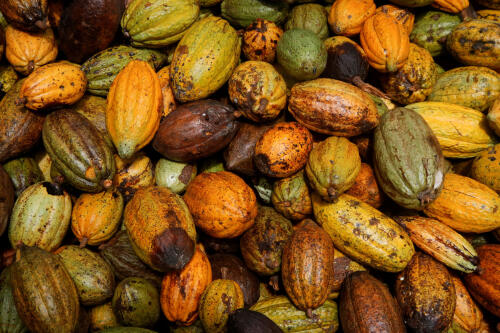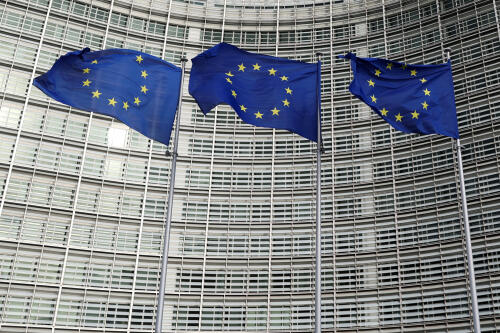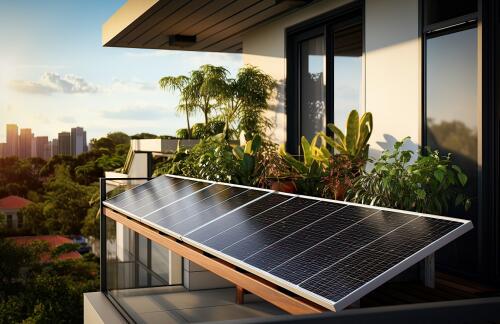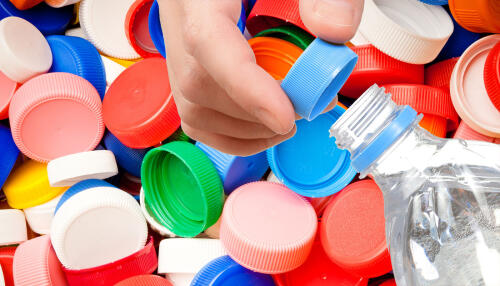environment
Cocoa fruit contains other valuable ingredients that have been underutilised until now, the researchers say. Scientists in Switzerland have invented a way to make chocolate healthier and more sustainable. No Oompa Loompas, chocolate rivers or magical gum were involved in the making of this new treat – simply a fresh look at the whole cocoa fruit. Typically, only cocoa beans and pulp are extracted for our chocolate bars. But researchers at the ETH Zurich federal technology institute have discovered that the cocoa pod husk can be used too, as a replacement for granulated sugar. Their new recipe involves taking what’s known as the endocarp, the inner layer of the fruit shell, and mixing it with some of the pulp surrounding the beans to make a sweet cocoa jelly. “This means that farmers can not only sell the beans, but also dry out the juice from the pulp and the endocarp, grind it into powder and sell that as well,” explain...
European Union countries approved a law on Monday (27 May) to impose methane emissions limits on Europe’s oil and gas imports from 2030, pressuring international suppliers to cut leaks of the potent greenhouse gas. Methane is the main component of the natural gas countries burn in power plants and to heat homes. It is also the second-biggest cause of climate change after carbon dioxide, and fuels global warming when it escapes into the atmosphere from leaky oil and gas pipelines and infrastructure. Ministers from EU countries gave their governments’ final approval to the policy at a meeting in Brussels, meaning it can now enter into force. Only Hungary voted against it. From 2030, the EU will impose “maximum methane intensity values” on fossil fuels placed on the European market. The European Commission will design the exact methane limits by that date. Importers of oil and gas that flout the limit could face financial penalties....
Michigan’s local leaders overwhelmingly support adding rooftop solar infrastructure in their communities, while a majority strongly oppose developing nuclear power. Those are among the key findings in the latest Michigan Public Policy Survey conducted by the University of Michigan’s Center for Local, State, and Urban Policy. It presents the views of local government leaders statewide on a range of topics regarding local energy issues—in particular, their assessment of the amount of energy infrastructure in their communities and feelings on building more of it. According to the survey, 86% of respondents either strongly or somewhat support adding rooftop solar panels. The survey found some regional variation: Rooftop solar drew support from 83% of leaders in the Upper Peninsula, while garnering 89% support from southeastern Michigan officials. The favorability drops with other types of energy infrastructure: A majority (60%) support new electr...
This new wave of solar producers aren’t just getting cheap electricity, they’re also participating in the energy transition. More than 400,000 plug-in solar systems have been installed in Germany, most of them taking up a seamless spot on people’s balconies. New data shows at least 50,000 of the PV devices were added in the first quarter of 2024 alone. A boom born from Germany’s “very strong solar culture”, in the words of one expert. Solar balconies are a piece of the wider energy transition across Europe, explains Jan Osenberg, a policy advisor at the SolarPower Europe association. “We see them as a subset of rooftop solar, but also as something different,” he tells Euronews Green. “We basically see it as a trend to use all possible artificial infrastructure for solar generation.” Train tracks, motorways, carparks, car roofs, cemeteries and building facades… the list...
A new tethered design for plastic caps on drinks bottles has some consumers in a huff, but what’s behind the move? Cracking open a cold coke on a hot day is one of life’s great pleasures, but this summer it will be a different experience. That’s because plastic bottles in Europe are changing because of new EU rules. You may have already come across the new plastic caps that are tethered to the bottle. If not, you will do soon as their roll out will be widespread in Europe from July. Here’s why it’s happening and what people think about the new design. What is the new plastic bottle cap design? The new design is quite straightforward. Instead of the caps we are used to that screw fully off, there are extra strips of plastic connecting the cap to the bottle. Coca-Cola has been one of the first to embrace the change as they have rolled the design out across Europe in the last year or so. “This small...




